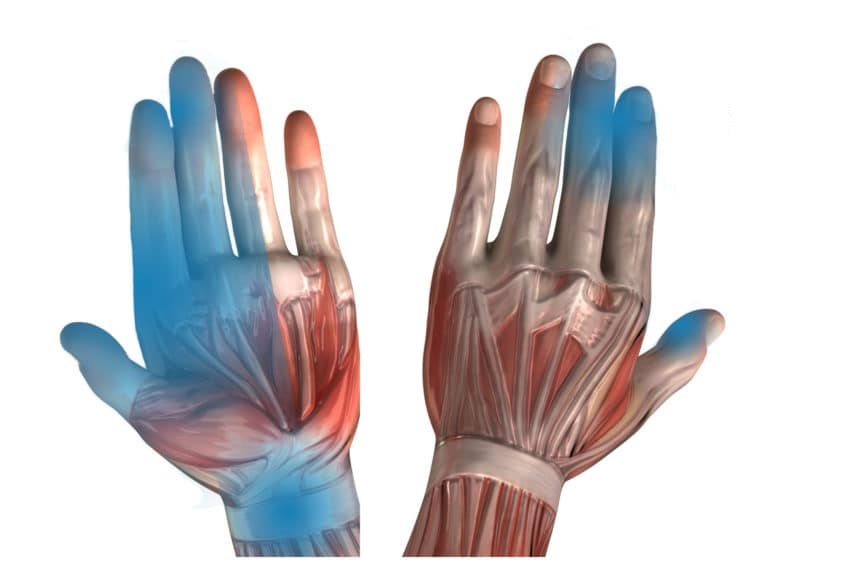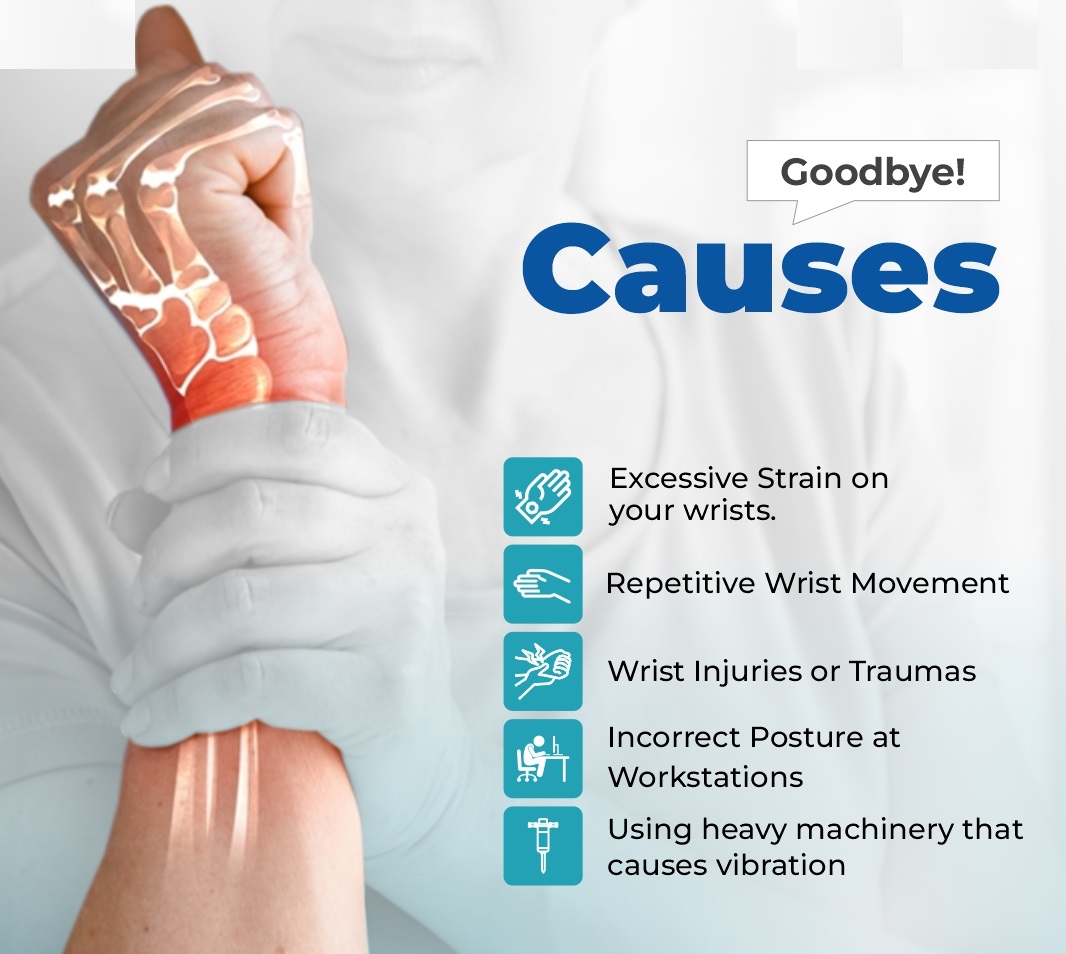
Wrist and hand pain can arise from various factors, encompassing both acute injuries and chronic conditions. Repetitive strain, such as prolonged computer use or repetitive manual labor, can lead to conditions like carpal tunnel syndrome or tendinitis. Arthritis, affecting joints in the hand and wrist, can cause persistent pain and stiffness. Injuries like fractures, sprains, or ligament damage can result from accidents or trauma.
Repetitive Strain Injuries (RSI): Overuse of the hand and wrist in repetitive tasks, such as typing, using a computer mouse, or performing assembly line work, can lead to RSI.
Carpal Tunnel Syndrome: Compression of the median nerve in the carpal tunnel, a narrow passage in the wrist, can cause pain, numbness, and tingling in the hand and fingers.
Arthritis: Conditions like osteoarthritis or rheumatoid arthritis can affect the joints in the wrist and hand, causing pain, stiffness, and swelling.
Tendinitis: Inflammation of the tendons, often due to repetitive motions or overuse, can lead to pain and discomfort in the wrist and hand.
Ganglion Cysts: Noncancerous lumps that commonly form along the tendons or joints in the hand and wrist, causing pain and limitation of movement.
Fractures or Sprains: Injuries to the bones, ligaments, or tendons in the hand or wrist can result in pain, swelling, and restricted mobility.
De Quervain’s Tenosynovitis: Inflammation of the tendons on the thumb side of the wrist can cause pain, swelling, and difficulty moving the thumb.
Trigger Finger: A condition where a finger gets stuck in a bent position and then straightens with a snap, causing pain and discomfort.


Ergonomics: Ensure proper ergonomics in your workspace to reduce strain during activities that involve the hands and wrists.
Stretching Exercises: Perform regular stretching exercises to improve flexibility and reduce stiffness.
Proper Technique: Use proper techniques when performing manual tasks or playing sports to avoid unnecessary stress on the hands and wrists.
Protective Gear: Use appropriate protective gear, such as wrist braces or gloves, if engaging in activities with a risk of injury.
Maintain a Healthy Lifestyle: Adopt a healthy lifestyle with regular exercise, a balanced diet, and proper hydration to support overall joint health.
Medical Consultation: If you experience persistent or severe wrist and hand pain, seek medical attention for a proper diagnosis and treatment plan.
Understanding the causes and symptoms of wrist and hand pain is crucial for effective prevention and management. If you have specific concerns or conditions, it’s advisable to consult with our professionals for personalized guidance.